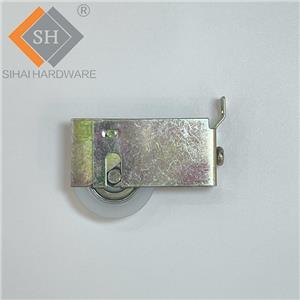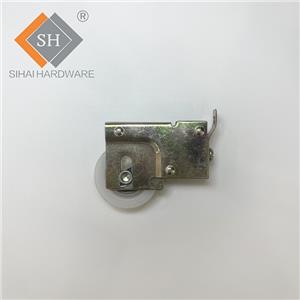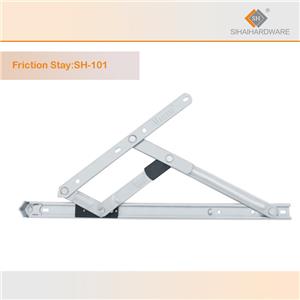TECH ARTICLE NO.40|Troubleshooting Common Issues with Window Friction Stay Hinges
TECH ARTICLE NO.40|Troubleshooting Common Issues with Window Friction Stay Hinges
Window friction stay hinges play a crucial role in the smooth operation of windows, ensuring stability, security, and ease of use. However, like any mechanical component, friction stay hingescan experience issues over time. In this article, we will address common problems that may arise with window friction stay hinges, including misalignment, friction build-up, and hinge failure. We will also provide troubleshooting tips and solutions to help you resolve these issues effectively.
1. Misalignment:
Misalignment is a common problem that can affect the functionality of window friction stay hinges. It can occur due to various factors, such as improper installation, settling of the building structure, or general wear and tear.
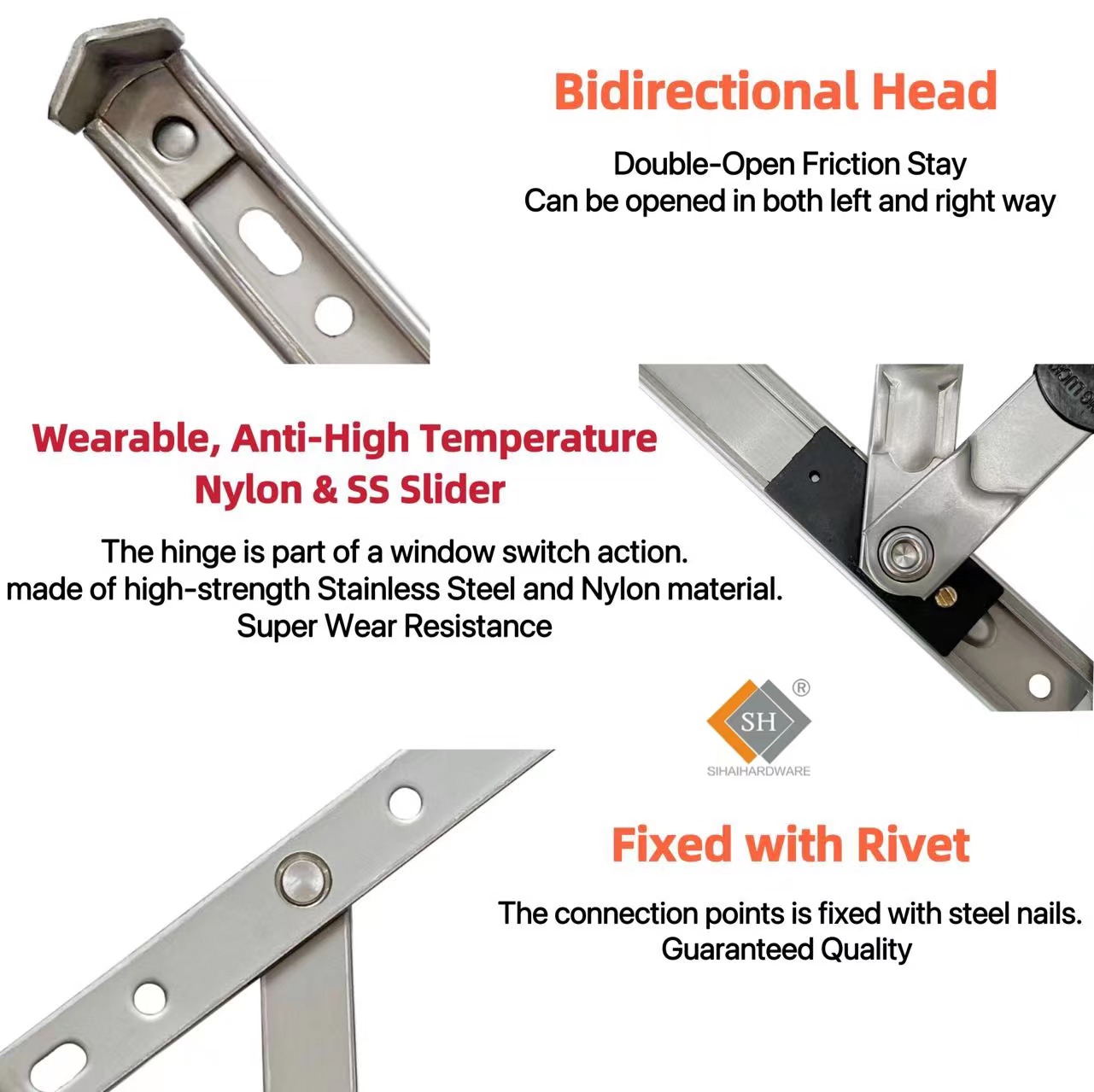
Troubleshooting Tips:
- Check for visible signs of misalignment, such as gaps between the window sash and the frame or difficulty in opening and closing the window smoothly.
- Inspect the hinge screws and ensure they are tightly secured. Loose screws can contribute to misalignment.
- If misalignment is detected, adjust the hinge position by loosening the screws slightly and repositioning the hinge to align properly with the window sash and frame.
- Use a spirit level to ensure the window is level both horizontally and vertically.
- Test the window after adjustments to ensure it opens and closes smoothly without any binding or excessive friction.
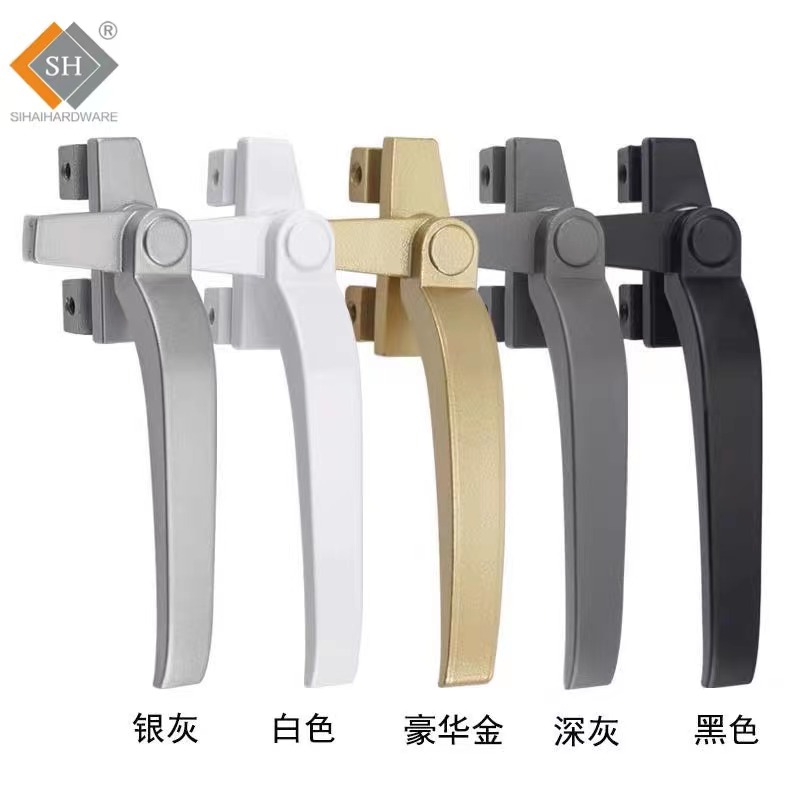
2. Friction Build-up:
Over time, friction build-up can occur between the hinge components, resulting in stiff or difficult window operation. Factors such as dirt, debris, or lack of lubrication can contribute to this issue.
Troubleshooting Tips:
- Inspect the hinge components for any visible signs of dirt, debris, or corrosion. Clean the hinges thoroughly using a soft brush and a mild cleaning solution.
- Lubricate the hinge components with a silicone-based lubricant or a recommended lubricant specified by the hinge manufacturer. Apply lubrication to the moving parts of the hinge, such as the pivot points and the joint between the stay arm and the track.
- Open and close the window multiple times to distribute the lubricant evenly and ensure smooth operation.
- Regularly clean and lubricate the hinges as part of your window maintenance routine to prevent friction build-up.
3. Hinge Failure:
In some cases, window friction stay hinges can experience mechanical failure, leading to issues like sagging or detachment of the window sash.
Troubleshooting Tips:
- Inspect the hinges for any signs of damage, such as bent arms, worn-out components, or loose screws. Replace any damaged parts or the entire hinge if necessary.
- Ensure that the hinge is suitable for the window's weight and size. Using hinges with inadequate load-bearing capacity can lead to premature failure.
- If hinge failure occurs due to excessive wear, consider upgrading to higher-quality hinges or seek professional assistance to ensure the right hinge selection and installation.
- Regularly inspect the hinges for signs of wear and tear, and replace them promptly if needed, to prevent further issues.
Window friction stay hinges are critical for the smooth operation of windows, but they can encounter various issues over time. By understanding common problems like misalignment, friction build-up, and hinge failure, and following the troubleshooting tips provided, you can effectively address these issues and maintain the functionality and longevity of your window hinges. Regular inspection, cleaning, and proper maintenance will help ensure that your windows operate smoothly and securely for years to come.



